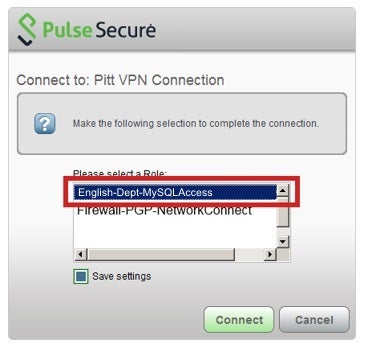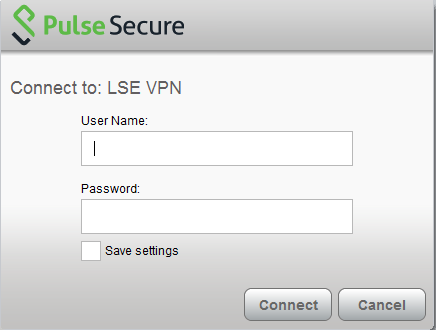Junos Pulse Vpn Client For Mac
macOS Setup
Read the VPN Pre Sign-in Notification and click Proceed. Enter your VUnetID and ePassword when prompted for login credentials. Enter your secondary password from Multi-factor Authentication. While connected, you should see an icon in the status bar. When you are ready to disconnect, go to the Pulse Secure window and click Disconnect. VPN Information for Mac OS X Note: Junos Pulse and Tunnelblick have been retired. The VPN client used by CSU is Pulse Secure Connect Gateway. The Pulse Secure VPN is supported by Academic Computing & Network Services (ACNS), not ENS. Hi Pulse client for Mac OSX is using the wrong IP-address through the Dynamic VPN IPSec tunnel. It's using the IP-address of it's own NIC and not the IP-address assigned from the SRX pool. (It works fine for the Windows Pulse client) Cheers, Martin I have tested on: SRX240b. Pulse clients connect to the Pulse Connect Secure in SSL fallback mode. Connections to Juniper Networks SRX Series gateways. MacOS endpoints can connect to SRX Branch series SRX100-SRX650 gateways that are running a Junos OS release between v10.2 and v12.3, and that have dynamic VPN access enabled and configured. Junos Pulse VPN Client for OSX. Obtaining the Junos Pulse client for OSX (Software portal) The Junos Pulse VPN client for OSX installer is avalable as a downloadable application from the Rutgers Software Portal. To obtain the installer package, log into the Rutgers Software Portal with a valid NetID and password.
NOTE: If you are unable to connect:
- Disconnect from all other VPNs.
- Restart your computer.
- If you are still unable to connect, submit a Help Desk ticket for assistance.
- Download the Pulse Secure VPN Client.
- Install the program you just downloaded with the default settings.
NOTE: To complete the installation, you will need to allow the Pulse Secure VPN client to load on your computer. To do this, open System Preferences > Security & Privacy > General, and click the Allow button. - Click on the new Pulse icon near the clock on the top of your screen, then click 'Open Junos Pulse'.
- Click the '+' symbol in the lower left corner of the window.
- Enter:
- Name: Anything you want, but 'MLML VPN' is a good one.
- Server URL: https://access.mlml.calstate.edu
- Click the 'Add' button.
- The connection you just added will show up under the 'Connections' banner. Click the 'Connect' button.
- A dialog box may pop up to tell you there’s a problem with the security certificate; this is normal.
- Click the 'Save settings' checkbox.
- Click the 'OK' button.
- Enter your VPN username and password.
- Click the 'Connect' button.
- If everything was entered correctly, you should be connected to MLML’s VPN within a few seconds. Feel free to close the Junos Pulse window; you'll stay connected.
All hell breaks loose; Apple Keychain issues galore. Literally every Apple Keychain becomes unusable to some extent and a reboot is required to resolve the issue.
The workaround is to not save passwords in the Junos Pulse client (even in the supposedly El Capitan supported version of Junos Pulse; thank you commenter JJ Duru).

Hopefully this bug gets fixed very soon.
Junos Pulse Vpn Client For Macbook Pro
@JuniperNetworks If you could fix Pulse bug in OS X El Capitan that'd be great. Your downloads site is down too. pic.twitter.com/b86KHpRtgG


